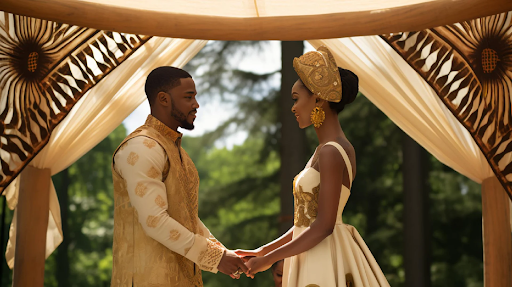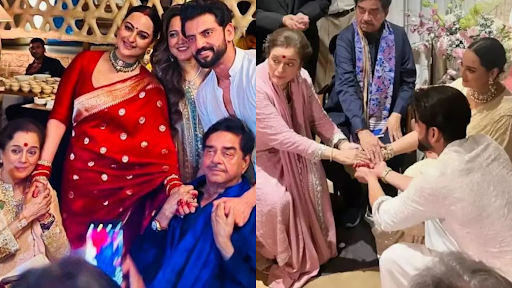Introduction
Weddings, the timeless ceremony of love, unite not just two hearts but intertwine the very essence of tradition and symbolism. Among these, wedding garlands stand as a testament to the beauty and sanctity of matrimonial unions, echoing the whispers of ancestral wisdom. The tradition of adorning the bride and groom with garlands stretches across various cultures, each with its own unique significance and lore. In this exploration, we delve into the revered tradition of wedding garlands, uncovering the layers of meaning behind these floral adornments that go beyond mere decoration to symbolize love, respect, and unity.
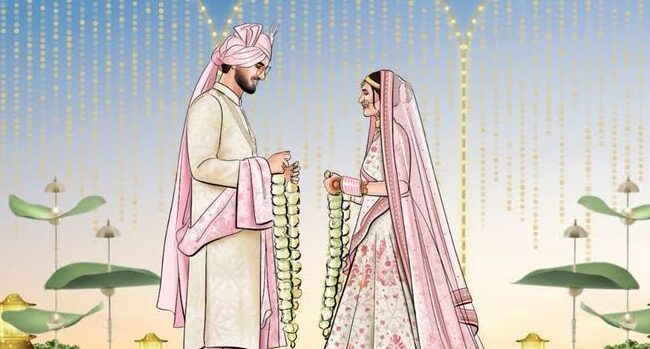
The significance of wedding garlands in various cultures
“Garlands are the silent word of love, woven with the threads of flowers.”
Wedding garlands, known by various names around the globe, are not just elements of aesthetic charm but carry profound symbolic meanings. In many cultures, garlands represent the purity and endurance of love, serving as a metaphor for the unbreakable bond between the couple. These floral loops, exchanged with solemnity and joy, encapsulate the essence of giving oneself wholly to another, accepting the other’s virtues and flaws alike.
Symbolic Meanings of Garlands in Hindu Wedding
In Hindu ceremonies, the exchange of garlands, or ‘Jaimala’, transcends the physical realm, signifying the couple’s respect for each other and their families. This ritual, steeped in ancient lore, acts as the first step towards a shared lifetime, marking the bride and groom’s acceptance of one another. The garland’s circular shape symbolizes eternity, with no beginning or end, reflecting the eternal nature of the marital bond and the cycle of life and rebirth.
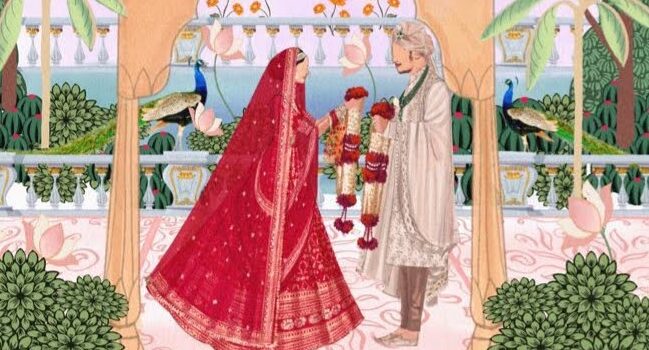
Different Types of Materials Used in Wedding Garlands
From the fragrant jasmine and roses to the resilient marigold and orchids, the choice of flowers and materials in wedding garlands varies widely, each adding its own unique significance and beauty. Some cultures prefer the purity and simplicity of white blossoms, symbolizing new beginnings, while others choose vibrant colors representing joy and prosperity. The selection often reflects the couple’s personal meanings, cultural identity, and the wishes they hold for their journey ahead.
Garland Exchange Rituals and It's Implications
The garland exchange, a key ritual in weddings, is charged with emotion and significance. This ceremony is not merely an exchange of beautiful flowers but a moment of vulnerability and strength as the couple publicly declares their readiness to embark on life’s journey together. It is a mutual promise of protection, respect, and unwavering support, articulated through the simple yet profound act of placing the garland around each other’s neck.
Regional Variations in Traditional Garlands
The diversity of wedding garlands across different regions is a testament to the rich tapestry of human culture and tradition. From the lush, intricate garlands of South India, rich in fragrance and symbolism, to the minimalist elegance of North Indian marigolds, symbolizing a bright and prosperous future, each style reflects the local customs, materials, and sentiments, providing a glimpse into the region’s heart and soul.
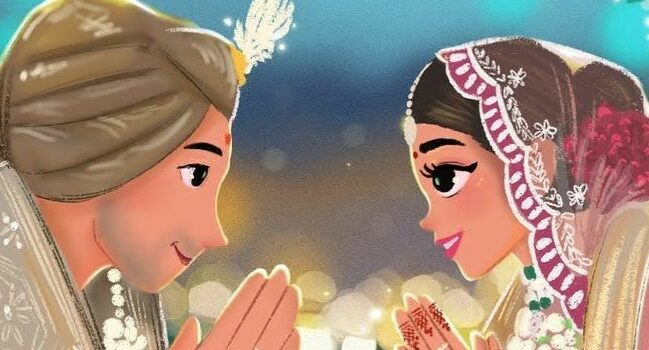
Conclusion
The timeless elegance and deep-rooted significance of wedding garlands embody the essence of matrimonial ceremonies from across the globe. They symbolize not just a union of two individuals but the intertwining of souls, traditions, and families, carrying forward the legacy of ancestral blessings. Let us cherish and honor these beautiful traditions, allowing them to enrich our celebrations with their symbolic beauty.

